Jharkhand, Hazaribagh "Painting the walls for Sohrai" — part 2
The autumn rains have receded and the married women, whose names are always followed by the title Devi in honour of the goddess, are once again whitewashing the walls of their homes to restore the surfaces on which they will paint.
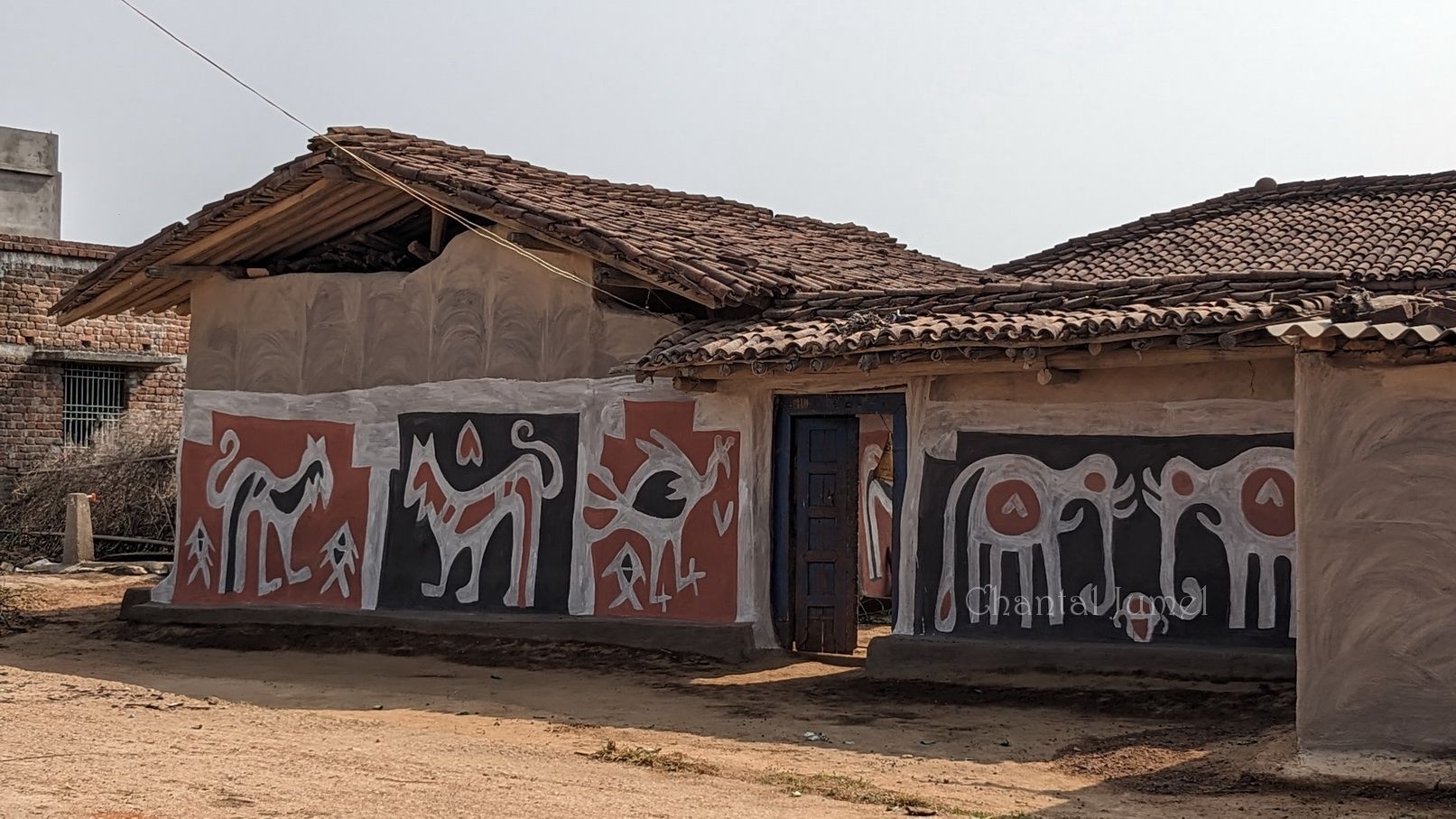
Along the way, we talked about the Indigenous tribes or Adivasi (literally adi “original” and vasi meaning “to dwell, to reside, inhabitant” in Sanskrit), who live mainly in Jharkhand, Bihar, Orissa, Chhattisgarh, Tripura, but also Assam and north-eastern states such as Mizoram, Nagaland, and Arunachal Pradesh.
Until recently, they were largely ignored until censuses conducted by the British in the 19th century revealed their existence. Although animist, the tribal world is not a homogeneous group. Some tribes have adopted Hindu customs and beliefs over time, while others embraced Christianity. The term tribal is commonly used to describe non-Muslim, non-Hindu and non-Christian communities that are excluded from the caste system. However, the Indian Constitution recognises tribes as “scheduled tribes”. Over time, this denomination has become a crucial factor in promoting the benefits offered under the programme of positive discrimination, which also includes the Dalits (the oppressed). It should also be remembered that many tribal groups were considered “criminal tribes” by the British Raj; a label which was repealed after Independence in 1949.
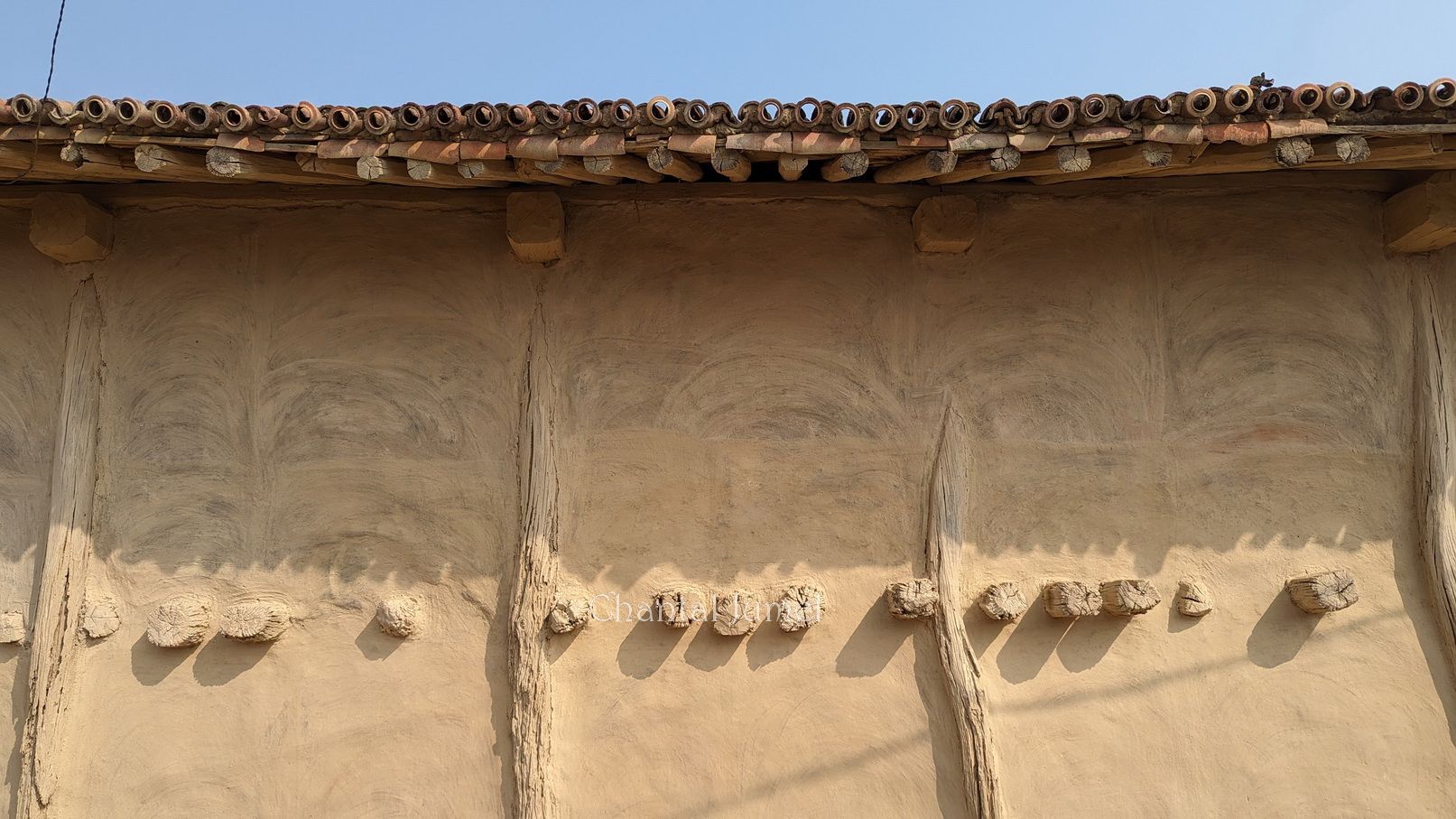
The autumn rains have receded and the married women, whose names are always followed by the title Devi in honour of the goddess, are once again whitewashing the walls of their homes to restore the surfaces on which they will paint. The artists often paint after they have finished their household chores, tended the cattle, and collected wood for the preparation of meals.
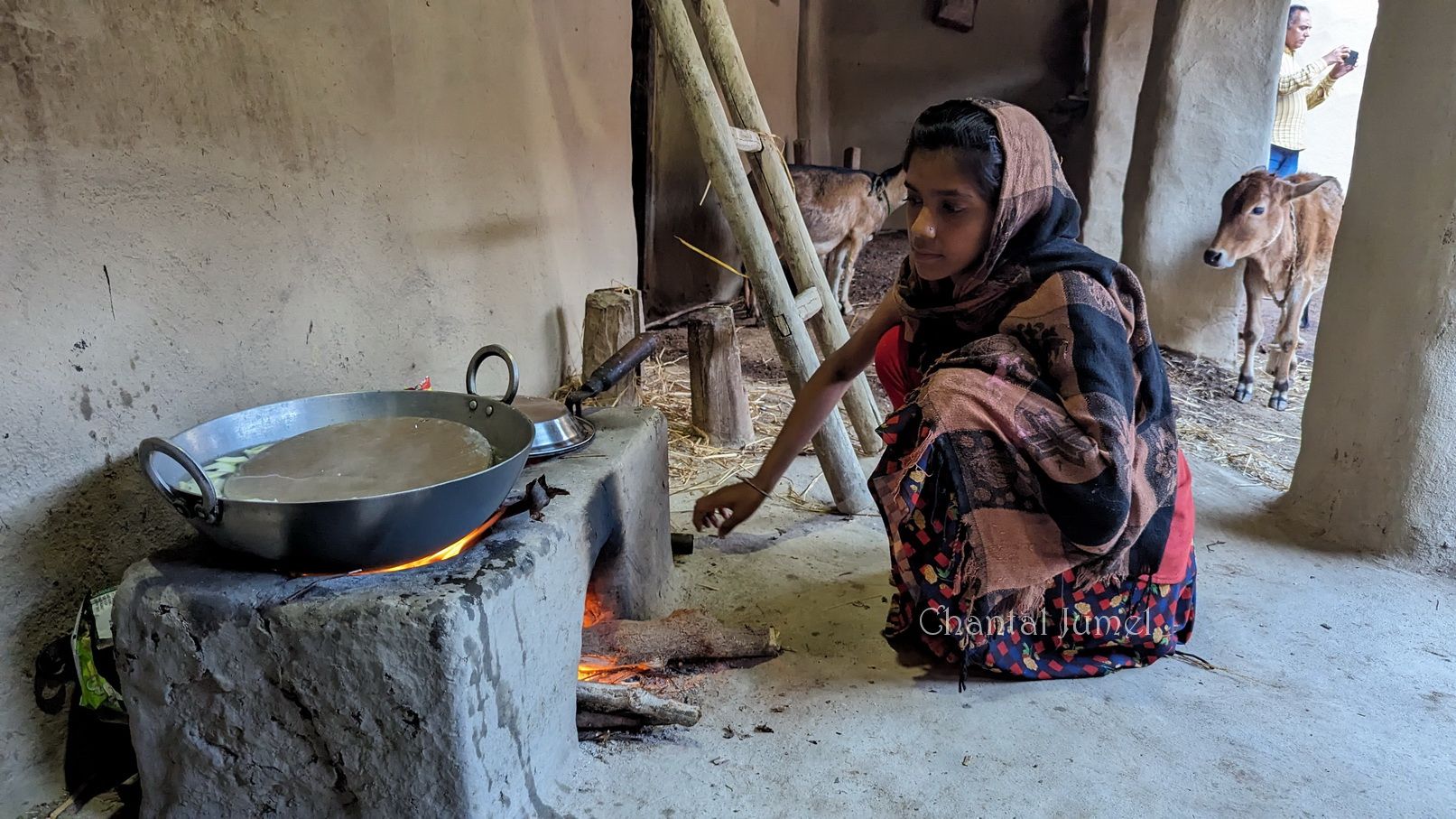
After lunch and just before the animals return at dusk, the women adorn the walls. If they are day labourers, this window is narrowed, and they work in short bursts at dusk.
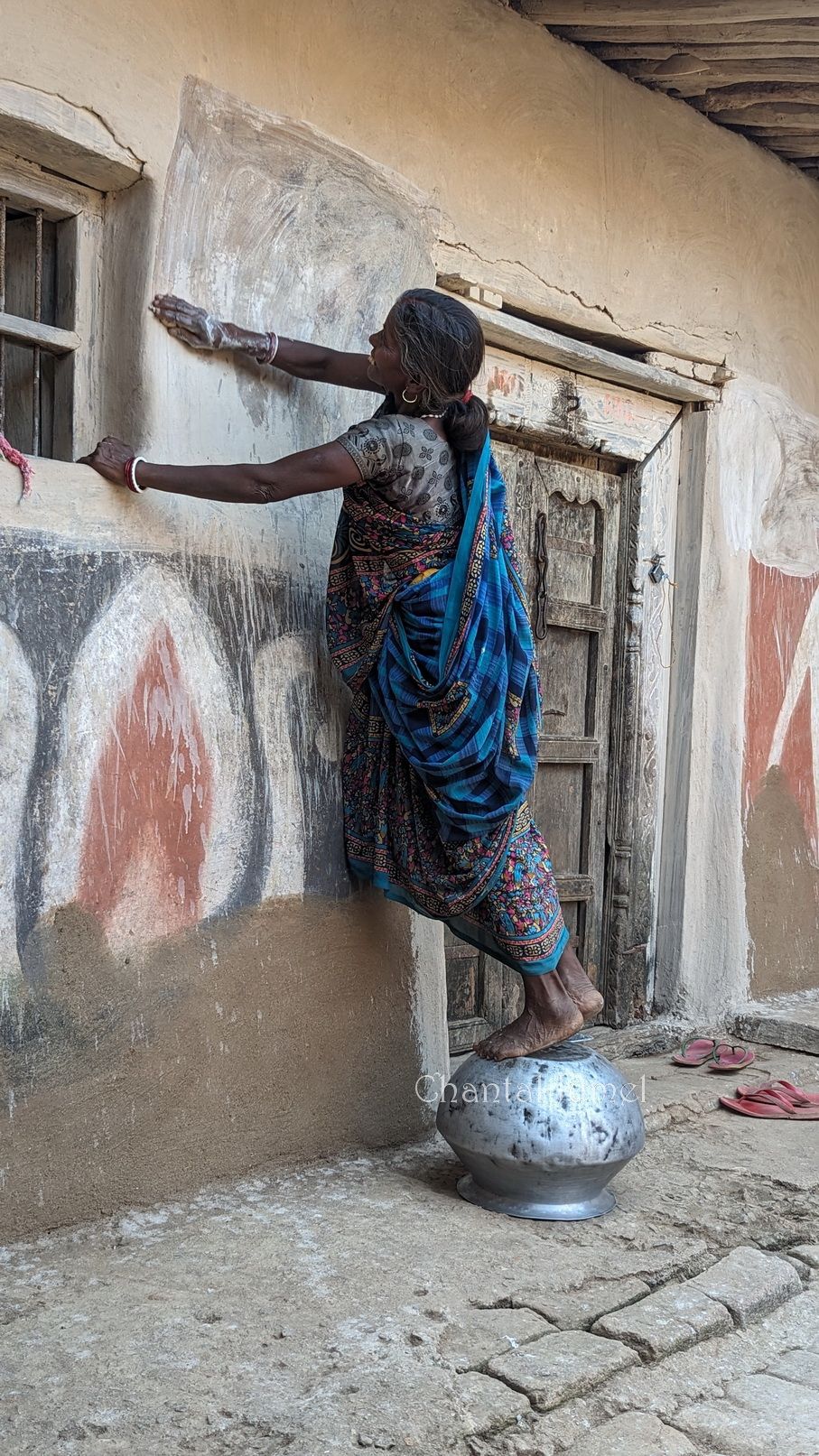
After a two-hour drive, we reached the village of Oria, and I discovered the stylized paintings of the Ghatwal tribal community on the long adobe walls of the farmhouses. Dogs, cats, elephants, flowers, and the leaves of the Pipal or Pagoda Fig tree are carved, alone or in mirrors, in square spaces like a comic strip. In red, white, and black, the abstract figures drawn in bold strokes tell no stories, but exude a gentle presence that draws me in, holds my attention and whispers the beliefs of this community to my bewildered eyes.
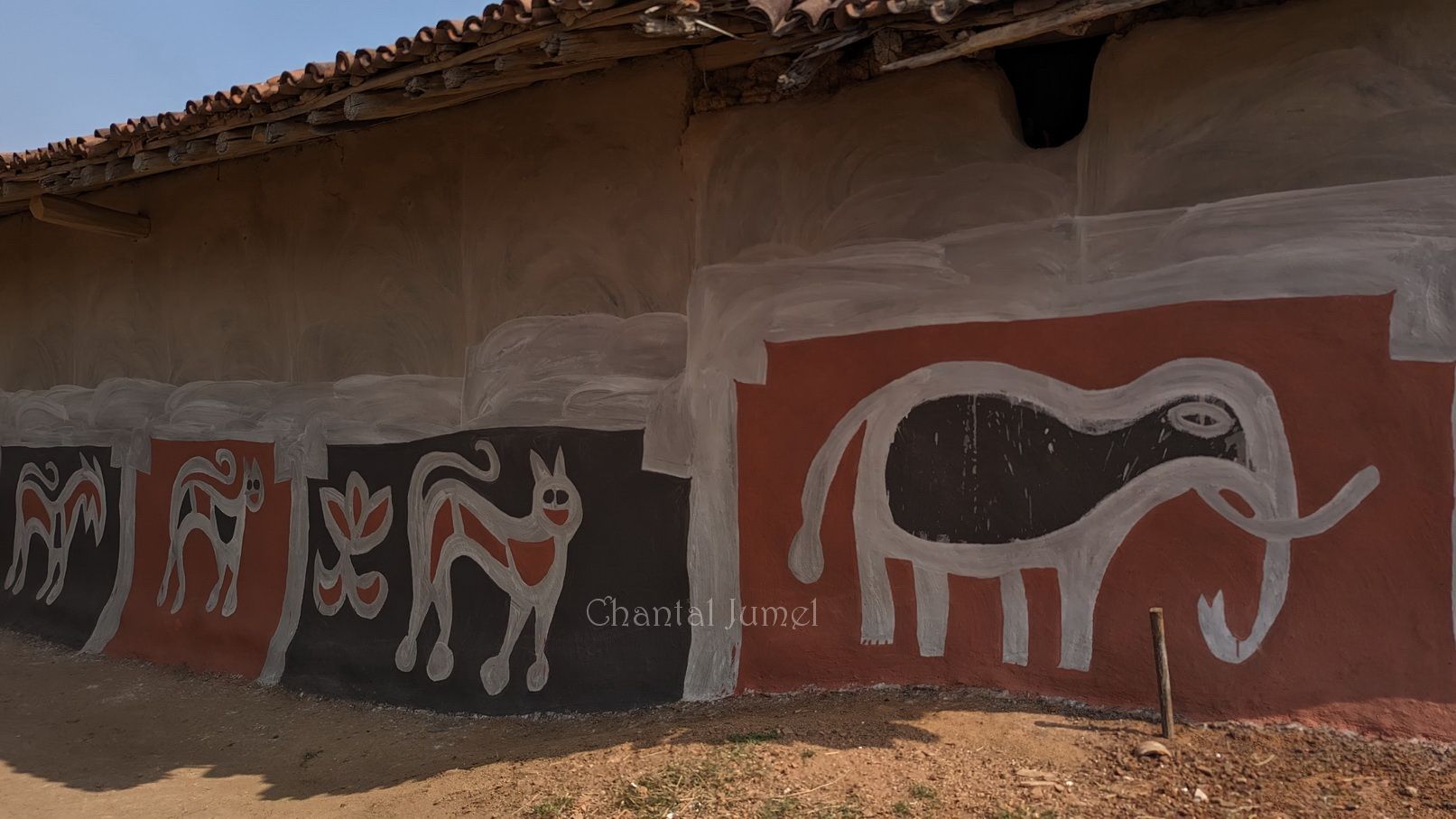
The Ghatwal venerate Shiva Bhairava, a wrathful form of Shiva who is always accompanied by a dog called Shvan. They also worship groves or “sarna” which they consider sacred. These groves can be found around the villages to remind us of the patches of forest that were cleared to become farmland.
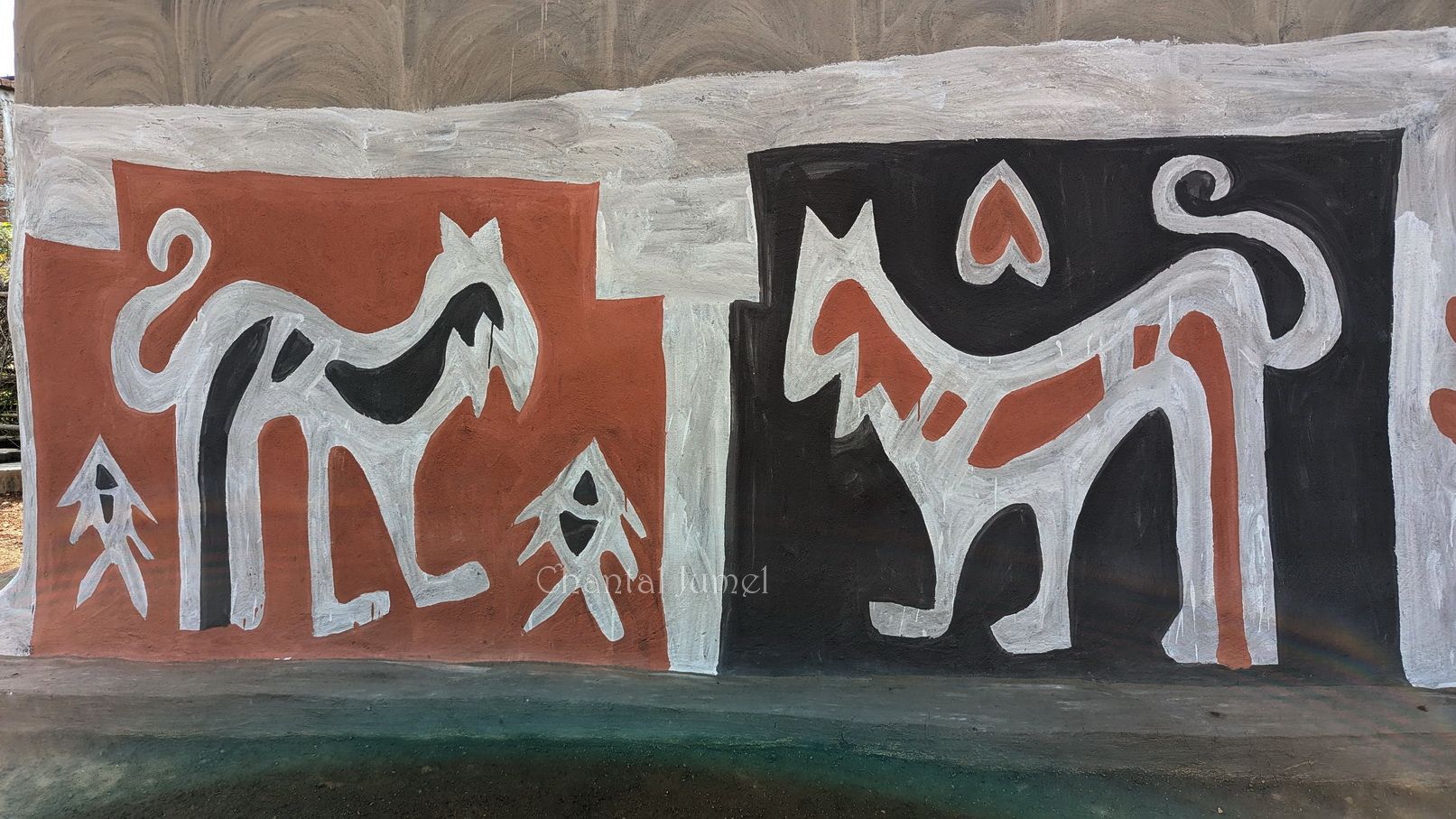
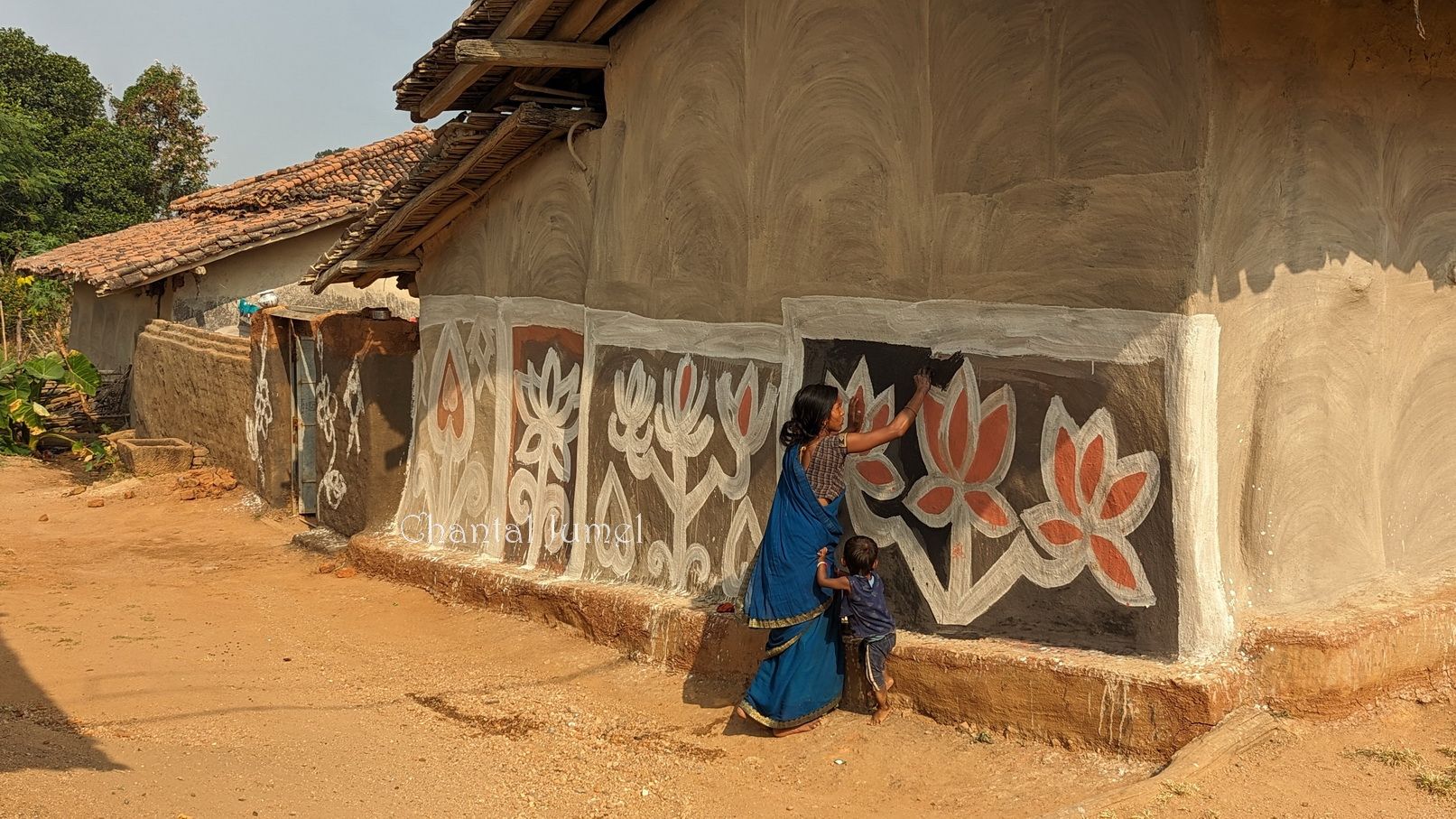

The second village is Bhelwara, home to Parvati Devi, a talented artist from the Kurmi community. The paintings for the Sohrai festival vary from village to village and community to community. Much to my regret, except for a single bird that perfectly illustrates the technique of this type of mural painting, the frescoes in Parvati's house are almost complete.

The lines are drawn in triplicate, the outer and inner lines in white and black respectively, and the central line in red.

The basic palette includes red, white, black, and yellow, and these raw materials are all found close to the village, except for white kaolin, which is extracted from quarries. Today, most of the women artists struggle to get these materials, so my guide Justin has been supplying the iron oxide and kaolin for several years. Red, or lalka-mati, is traditionally sourced from hematite deposits or isolated field deposits. Yellow or tila-mati is an ochre clay used by potters. Tila means child and mati means earth, so yellow is associated with young earth, while black manganese oxide symbolises Kali, the mother goddess, according to Bulu Imam.
At Parvati Devi, one of the two panels along the inner wall of the courtyard depicts Shiva in the form of Pashupati, the "Master of the Herd" or "Lord of animals," riding a bull or a horse known as a ghoda. He is an ancient form of God Shiva, who is said to bear similarities to the Gallic god Cernunnos, who is sometimes seen surrounded by animals.

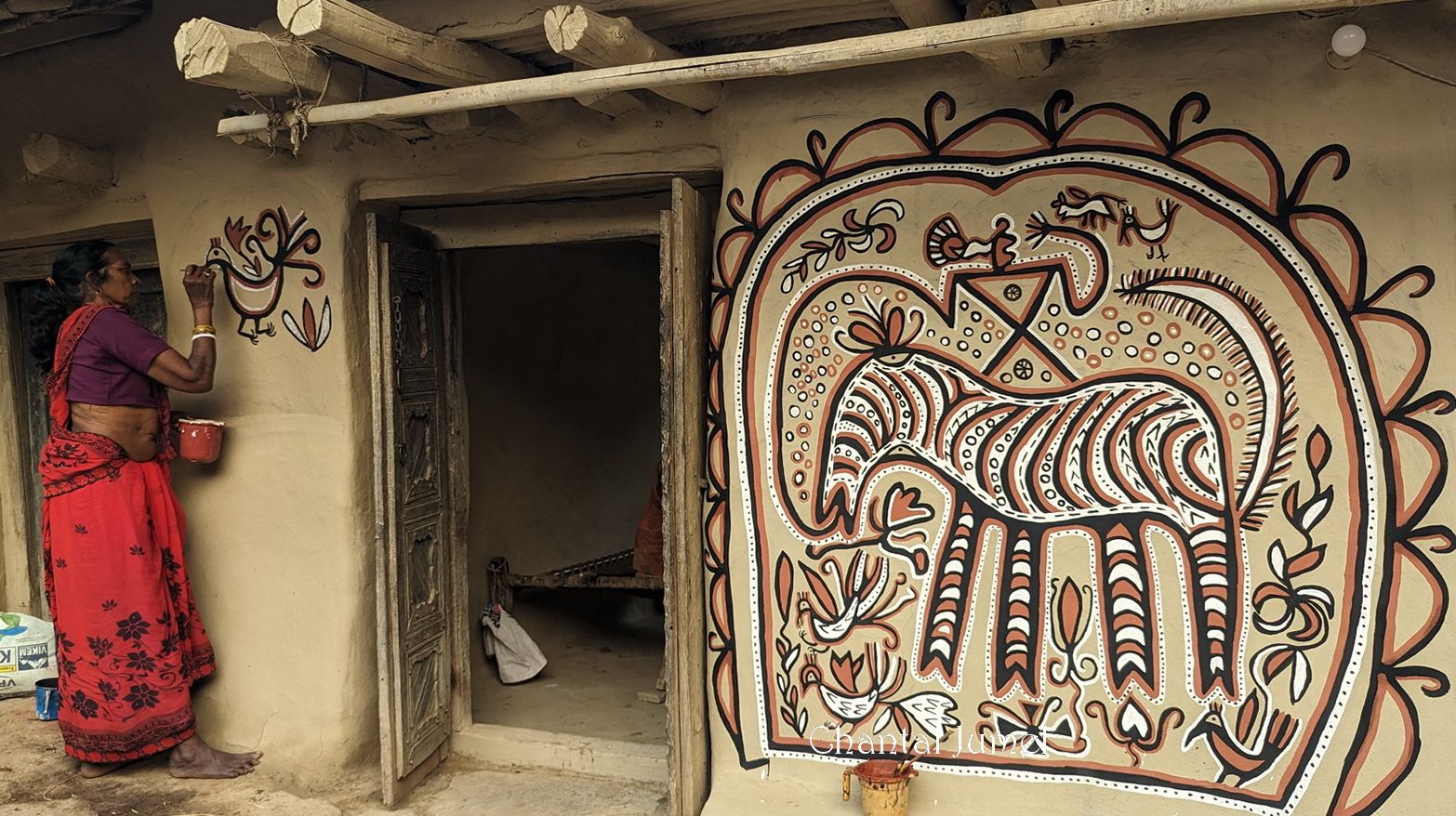
The other panel is called Kamalban, the "lotus forest" in reference to the mythical Indian flower that grows in village ponds or waterholes in the forest.

As the first day draws to a close, we return home at dusk.

Story to be continued...
Previous article:
